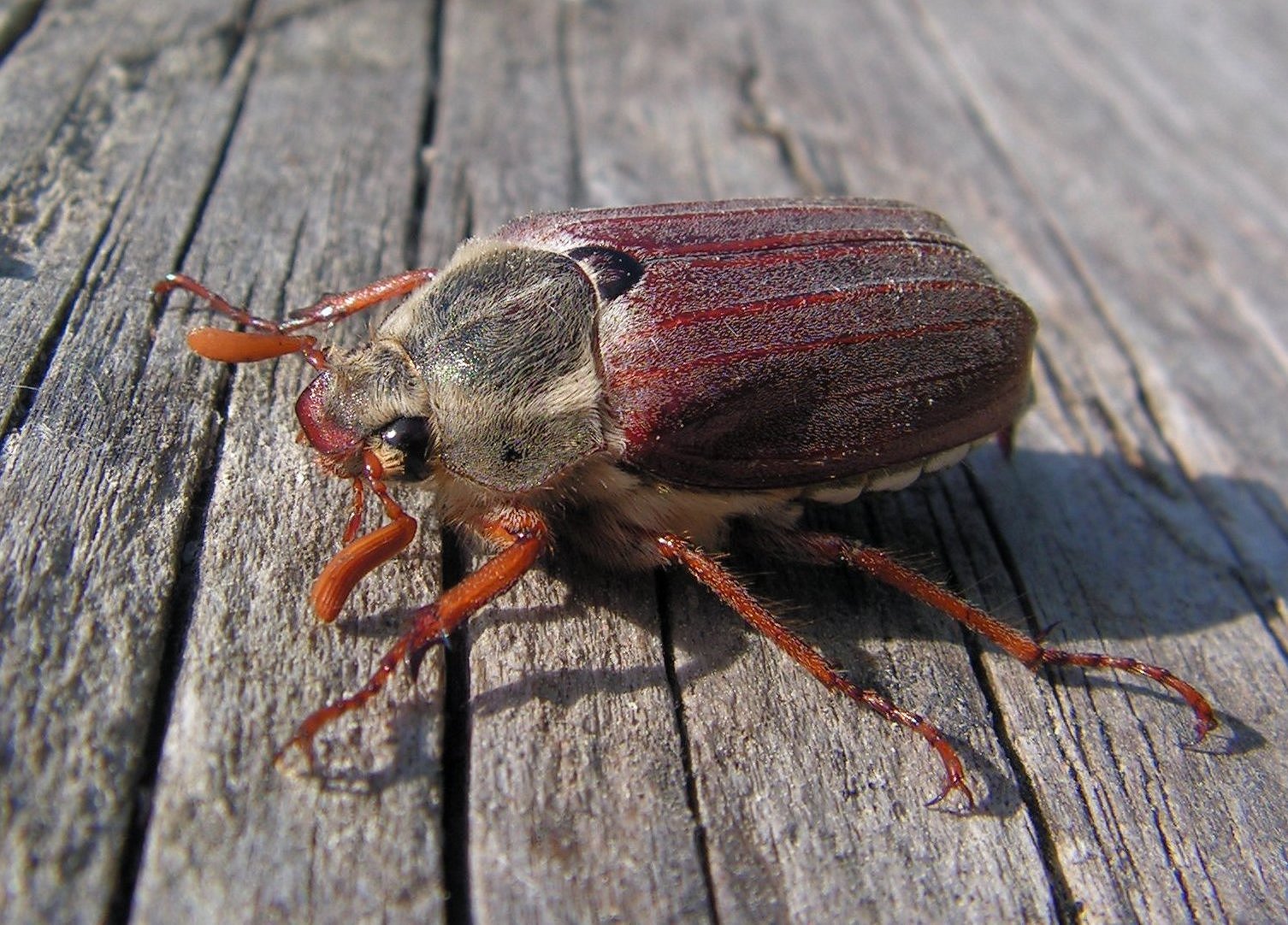Yesterday evening, I spotted this quite huge insect at my home in southern Poland (the exact location of the place). Unfortunately, I have only a very low quality pictures available at the moment:
Some details:
- found in southern Poland / eastern Europe,
- about 3 cm long,
- quite fat (if I may say so),
- seems to have 4 pairs / 8 legs in total,
- airborne / able to fly (though quite slowly).
The quite huge (as per typical insect in Poland) size of this species was kind of surprise for me, but its behavior was even more surprising to me:
- As pictured, it was able / willing to rest (copulate?) one on another even in groups of three (I failed to picture this), remaining still / not moving at all even for as long as half of hour.
- After such resting / copulation ended or was interrupted the species on top was thrown off, falling down to the windowsill beneath.
- It was then lying there up-side-down on its back, again remaining still and not moving at all even for 10-15 minutes.
- Then it was kind of waking up from some kind of stasis, turning over walking a little bit around the windowsill.
- Then it was flying up, flying around a little bit.
- Finally, it was trying to rest / copulate with the species still on my window's mosquito net (or with the couple being there).
And then, the whole cycle was repeating until (late evening) only one species remained on mosquito net, which was also gone late in the night (not found the following morning).



